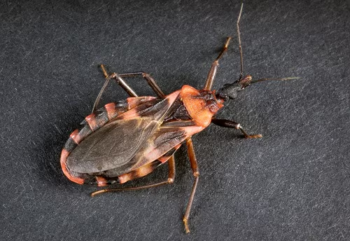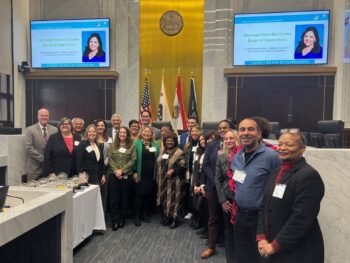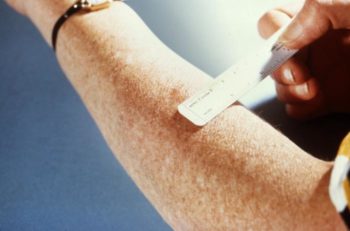The number of suicides in San Diego County increased 20 percent in the last six years.
That is one of the more startling statistics in the San Diego County Suicide Prevention Council’s Report to the Community, a comprehensive look at suicide in the region. The other is that the suicide rate steadily increased to 14.0 suicides per every 100,000 residents in 2013, up from 12.1 in 2008. The current rate is 20 percent higher than the average for all California.
“Suicide continues to be a major health concern in San Diego County,” said Supervisor Ron Roberts. “Suicide affects all of us. It is critical that we continue to educate people about the warning signs and, most importantly, how to reach out for help.”
The report, released to coincide with National Suicide Prevention Week (Sept. 8-14), brings together data from multiple sources for the years 2008 through 2013.
Among the suicide report’s findings:
- Total number of suicides each year jumped from 366 to 441
- Emergency department discharges due to self-inflicted injury increased from 2,481 to 2,788 (2012)
- The number of crisis calls to the County’s Access and Crisis Line jumped from 13,310 to 17,635
- Visits to It’s Up to Us, the County’s suicide prevention website, rose from 53,311 (2010) to 98,960
- Number of students who seriously considered suicide rose from 17 to 20 percent (2012)
- Nearly 6,400 people have participated in suicide prevention trainings
To help curb suicide in San Diego, the County has several ongoing prevention efforts, including the It’s Up to Us campaign, the Question, Persuade and Refer (QPR) trainings and the Access and Crisis Line, a confidential counseling and referral hotline for people who feel overwhelmed or are experiencing a mental health crisis.
RELATED: Help Is a Phone Call Away
“Preventing suicide and helping people get help for a mental illness are part of the County’s Live Well San Diego initiative,” said Nick Macchione, director of the County Health and Human Services Agency. “The increase in crisis calls and visits to the It’s Up to Us site are actually a good thing. It means people are reaching out for help and educating themselves about how to prevent suicide.”
Diana Waugh and her family didn’t know the warning signs of suicide when her mother killed herself. Her father exhibited several signs that were missed as well. He took his life 25 years later.
“Stigma and lack of information about depression killed both my parents and almost killed me,” Waugh said during the release of the suicide report. She decided to share her story to raise awareness about depression and suicide. You can read it here in her own words.
QPR Could Save Lives
Suicide can happen to anyone. That is why it is important to learn the warning signs, risk factors and behavioral cues of people considering ending their lives.
Since the Question, Persuade and Refer trainings began, about 7,000 people have been taught to identify the warning signs of suicide and how to encourage people to get the help they need. About 6,400 people were trained between 2011 and 2013.
The QPR trainings are organized by Community Health Improvement Partners, one of the County’s mental health partners that direct and administer the San Diego County Suicide Prevention Council.
There are three upcoming public QPR trainings:
Sept. 10, 2014
6:30 p.m.
Reach International for Christ Inc.
651 Anita Street, Suite B2, Chula Vista CA 01011
RSVP to mrs_smally@yahoo.com or 404-319-5599
Sept. 11, 2014
10:30 a.m.
NAMI San Diego
5095 Murphy Canyon Road # 320, San Diego, CA 92123
RSVP to evaughan@sdchip.org or 858-609-7971
Sept. 30, 2014
2 p.m.
Oasis Clubhouse
7155 Mission Gorge Road, San Diego, CA 92120
RSVP to LHuey@provcorp.com
Oct. 12, 2014
12:30 p.m.
Chalice Unitarian Universalist Congregation
2324 Miller Ave., Escondido, CA 92029
RSVP to revsharonwylie@gmail.com
Oct. 23, 2014
6 p.m.
FirsUnited Methodist Church
1200 East H. Street, Chula Vista, CA 91910
RSVP to dr.melindastenberg@gmail.com
Agencies and organizations can also host their own QPR trainings but must have at least 10 participants. For more information, contact Elizabeth Vaughan of Community Health Improvement Partners at evaughan@sdchip.org or (858) 609-7971
For more information about suicide, risk factors, warning signs, how to get help, resources and training that is available, visit It’s Up to Us or call the County’s Access and Crisis Line at (888) 724-7240.





